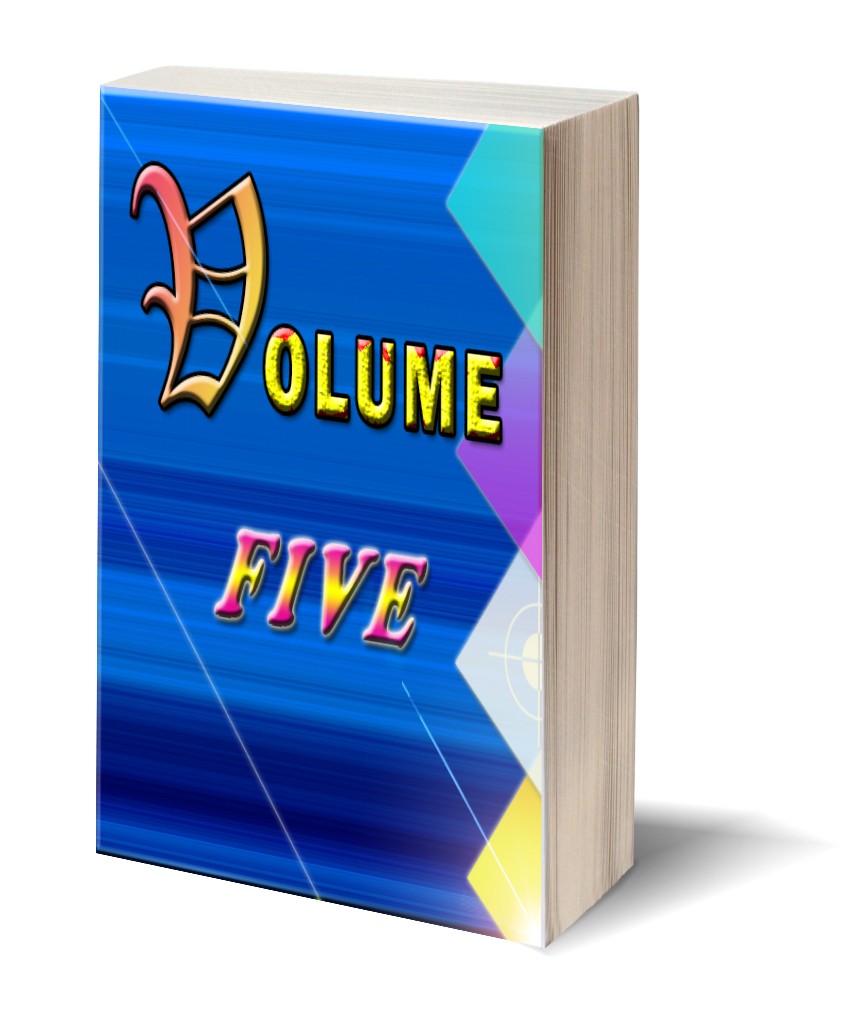GCMS and FTIR Spectroscopy Characterization of Luffa Cylindrica Seed Oil and Biodiesel Produced from the oil
Keywords:
Luffa cylidrica seed oil, biodiesel, transesterification, characterizationAbstract
The need for replacement of fossil fuel with more efficient fuels that are eco-friendly and renewable (biodiesel) was the basis for the present study. Luffa cylindrica seed oil (LCSO) was extracted through solvent extraction using petroleum ether as a solvent between 60 and 80 C The produced oil was used for the production of biodiesel (LCBD) via two-stage transesterification.
The percentage yield of the extracted oil and biodiesel were 17.3 and 18.8 % respectively. The physico-chemical properties were within ASTM recommended values, indicating a quality fuel production. GC-MS chromatograms of LCSO and LCBD indicated the presence of acridine,9-anilino acid, 11-octadecanoic acid, (methyl ester), methyl stearate and benz (a) anthracene, 6,7,12-trimethyl, 15-octadecanoic acid, methyl ester, methyl stearate, eicosanoic acid, serine methyl ester, and N-[2-oxo-4-phenylbutyryl]. Also, IR spectroscopy analyses of LCSO and LCBD revealed the presence of O-H, C-H, C=O, O-C, =C-H and C-N in LCSO and N-H, O-H, C-H, C=O, C-O, C-N, =C-H stretches in LCBD. The study drew results and findings and concluded that Luffa cylindrica
seed oil is an excellent feed stock for the production of biodiesel.
Downloads
Published
Issue
Section
Most read articles by the same author(s)
- Usoro M. Etesin, Hydrochemical study of shallow ground water in Ikot Abasi Coastal Aquifer , Communication In Physical Sciences: Vol. 7 No. 3 (2021): VOLUME 7 ISSUE 3
Similar Articles
- Abdulfatai A. Otori, Akeem A. Jimoh, John T. Mathew, Development of Heterogeneous Catalyst from Waste Cow Bone Using Parinarium Macrophylum Seed Oil for Biodiesel Production , Communication In Physical Sciences: Vol. 7 No. 3 (2021): VOLUME 7 ISSUE 3
- Sani Uba, Proximate analysis of Hibiscus mutabilis seeds obtained from Samaru, Kaduna State , Communication In Physical Sciences: Vol. 9 No. 1 (2023): VOLUME 9 ISSUE 1
- S. Takuma, Assessment of changes in plasticity and mechanical properties of polystyrene fatty acid-based neem seed oil blends , Communication In Physical Sciences: Vol. 4 No. 1 (2019): VOLUME 4 ISSUE 1
- Usman Umar Modibbo, John Stanley, Martins Moses, Victoria John Danjuma, Nutritional and Chemical Characterization of Avocado Oil from Three Cultivars in Mambila Plateau, Taraba State, Nigeria , Communication In Physical Sciences: Vol. 12 No. 6 (2025): Volume 12 ISSUE 6
- U. Aletan, Proximate and Physicochemical Analysis of the Fruit and Oil of Avocado Pear , Communication In Physical Sciences: Vol. 3 No. 1 (2018): VOLUME 3 ISSUE 1
- Felicia Uchechukwu Okwunodulu, Stevens Azubuike Odoemelam, Comparative Studies On Infrared Analysis of Some Waste Biomass in Heavy Metals Adsorption , Communication In Physical Sciences: Vol. 8 No. 4 (2022): VOLUME 8 ISSUE 4
- Kabiru Usman, H. Abba, O. R. A. Iyun, Preparation and Characterization of African Star Apple Seed Shell (Chrysophyllum Africanum) For The Removal of Acid Red 9 , Communication In Physical Sciences: Vol. 8 No. 1 (2022): VOLUME 8 ISSUE 1
- M. T. Bisiriyu, Fractionation and Characterization of Asphaltenic and Resinous Fractions of Natural Bitumen , Communication In Physical Sciences: Vol. 5 No. 2 (2020): VOLUME 5 ISSUE 2
- Dr Fatai Afolabi, Mr Ismaila Jide Olawale, Professor Sunday 0. 0ladoye, Physicochemical, Phytochemical and Gas Chromatography- Mass Spectrometric Analyses of Gmelina Arborea Root Hexane Extract , Communication In Physical Sciences: Vol. 12 No. 6 (2025): Volume 12 ISSUE 6
- Elizabeth C. Nwaokorongwu, Dual Solution Synthesis and Characterization of Sns:Zns Alloyed Thin Films and Possible Applications in Solar Systems and Others , Communication In Physical Sciences: Vol. 9 No. 2 (2023): VOLUME 9 ISSUE 2
You may also start an advanced similarity search for this article.




